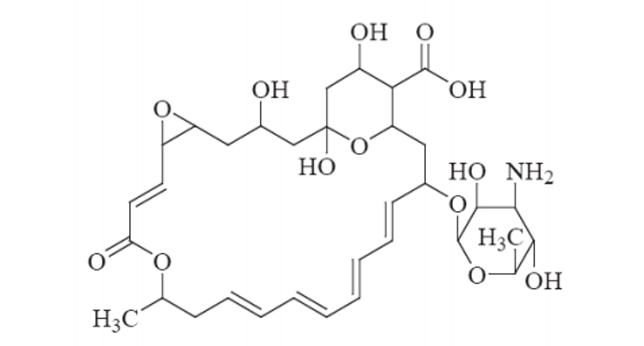Natamycin is a natural antifungal agent that is commonly used in the food industry to prevent the growth of mold and yeast on various food products. Here’s some information about its origin, nature, and introduction:
Origin of Natamycin:
- Natamycin, also known as pimaricin, is a polyene macrolide antibiotic produced by the bacterium Streptomyces natalensis. It was first discovered in the soil of Natal, Brazil, which is how it got its name.
Nature of Natamycin:
- Natamycin is a white to slightly yellowish, odorless, crystalline powder. It is insoluble in water and most organic solvents but can be dispersed in ethanol, acetone, and certain other organic solvents. This compound is a polyene antifungal, meaning it has multiple conjugated double bonds in its structure.

Introduction of Natamycin:
- Natamycin was first introduced for commercial use in the early 1970s. It was initially used in the treatment of fungal infections in humans, particularly in the treatment of eye and skin infections. However, its use in human medicine has declined over the years due to the development of more effective and less toxic antifungal agents.
- Today, the primary use of natamycin is in the food industry, where it serves as a natural preservative. It is approved for use in many countries, including the United States and the European Union, as a food additive (E number E235). Natamycin is particularly effective in inhibiting the growth of molds and yeasts, which can spoil various dairy products, baked goods, and fermented foods.
- Common applications of natamycin in the food industry include:
- Cheese: Natamycin is used to prevent mold growth on the surface of cheese, such as hard and semi-hard cheeses like Gouda and Edam.
- Baked Goods: It can be applied to the surface of baked goods like bread and cakes to prevent mold growth.
- Processed Meats: Natamycin is used to protect processed meats from fungal contamination.
- Dairy Products: It is used in products like yogurt and sour cream to extend their shelf life.
- Natamycin is favored in the food industry because it is effective at low concentrations, has a high margin of safety for consumption, and is considered a natural preservative since it is derived from a naturally occurring bacterium.
In summary, natamycin is a natural antifungal agent originally discovered in Brazil, primarily produced by the bacterium Streptomyces natalensis. It is used in the food industry to prevent mold and yeast growth on various food products, contributing to food safety and extending the shelf life of many perishable items.
